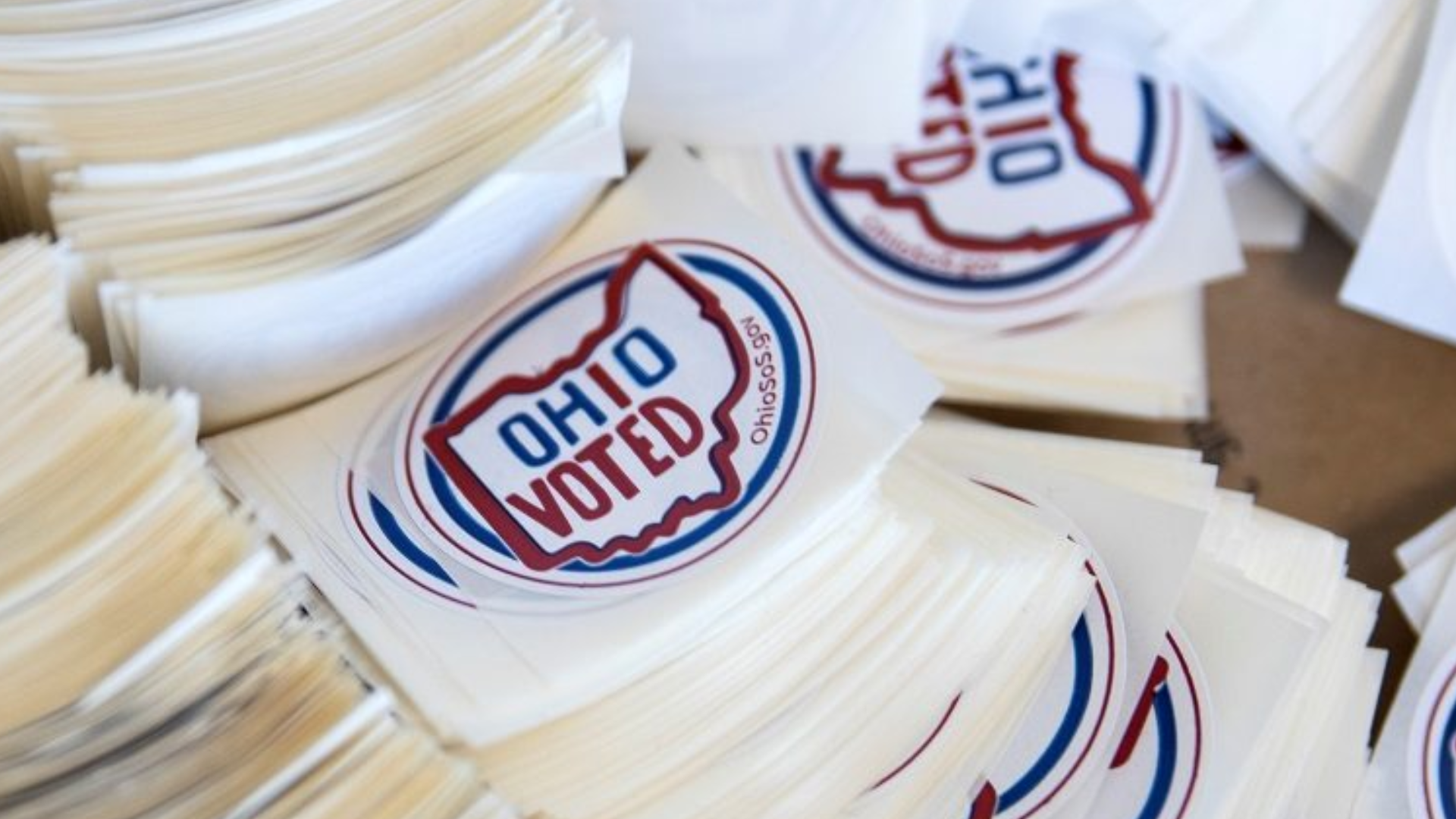Updated Wednesday, November 12, 4:00 pm
Now more than a week into November, we are in the midst of the longest ever government shutdown. While it may come to an end this week), it has resulted in the failure to fund SNAP benefits for the first time in history.
Partial SNAP payments have started hitting cards today and will continue. ODJFS has already issued benefits for roughly half the population.
Two court rulings at the end of October declared that Food and Nutrition Services (FNS) under the United States Department of Agriculture (USDA) must utilize SNAP contingency funds for November SNAP benefits in part or in full, if possible. In the first days of November, the Trump administration stated it would release partial benefits for November and subsequently released several rounds of guidance on how states should manage this issuance.
Then came another ruling on November 6 directing the administration to fulfill 100% of SNAP benefits by Friday, November 7, which the administration immediately appealed. Since then, there have been back-and-forth rulings.
The latest ruling from the Appeals Court denies the Trump administration’s appeal and says it must issue full benefits, but the Trump Administration returned to the Supreme Court on November 10, requesting that it halt full SNAP payments, while acknowledging that the end of the appeared in sight.
We will continue to track developments, but at this time, FNS has not updated its guidance and states that “states must continue to process and load the partial issuance files that reflect the 35 percent reduction of maximum allotments detailed in the November 5 guidance.”
Follow SNAP developments and download a communications toolkit for use during this crisis: What we know about SNAP right now.
November 10 guidance from the Ohio Department of Job and Family Services
The latest FNS guidance, which was updated following federal court action over the weekend, instructs ODJFS to reduce the maximum amount each household can receive in November by 35% and to recalculate each household’s payment based on that new maximum amount. The exact amount each household will receive is based on factors such as gross and net income and allowable deductions such as housing and medical costs.
Under the revised federal calculations, nearly all recipients will receive less than 65% of their normal benefit.
Some recipients, particularly those whose earnings place the household near the cutoff for eligibility, may receive no benefits this week under the revised calculation. An official notice explaining each household’s specific benefit change will be issued.
After the federal government shutdown ends, additional FNS guidance will be needed to determine how to handle the difference between what would ordinarily be issued for the month and what is being issued this week.
Food and Nutrition Services guidance explained
In its initial memo regarding partial benefits, FNS shared that it was reducing SNAP maximum allotments by 50 percent, and then subsequently revised the reduction to 35 percent in a follow up memo. Because of the way the SNAP benefit is calculated, some households receiving less than the maximum allotment will receive even less than 65 percent of their regular allotment. The reduced allotments are effective as of November 1, 2025. The reduced maximum allotments for the 48 contiguous states and the District of Columbia are included in the table below.
.png)
By only adjusting the maximum benefit amount, FNS created a situation where many SNAP households will receive less than 65 percent of their normal monthly SNAP benefit.
Working families will see the greatest reduction, with some receiving nothing at all.
SNAP expects families to spend 30 percent of their income after deductions on food, and monthly benefits for families with income are reduced based on their expected 30 percent contribution.
- Households with no net income receive the maximum benefit. As many families receiving SNAP have earned income, the usual average monthly benefit for SNAP recipients is less than the maximum.
- One and two-person households will receive at least $16 which is 65 percent of the minimum allotment.
.png)
The math is complex. States will likely need to calculate the partial benefit for each household individually. The most straightforward way to estimate the reduced November SNAP benefit is to subtract 35 percent of the normal maximum allotment from your usual monthly benefit, as shown in the chart above.
Check out this straightforward calculator from the Iowa Hunger Coalition.
States are required to take “immediate action” to implement these changes. This includes notifying all recipients of the reduced benefit allotments, once they are calculated for each household.
Regardless of the most recent court ruling or FNS memo, people should continue to apply and report changes
FNS states (and we have also been reminding everyone!) that people should continue to apply for SNAP during the shutdown and any period of reduced benefits, and for current enrollees, continue to report any changes to household makeup or income.
People should continue to apply for SNAP during the shutdown
Any household eligible for expedited processing will still have their cases processed within the regular seven-day period but will receive a partial benefit of the household’s determined maximum allotment. New applicants during this time will receive benefits subject to the availability of funding.
SNAP administration expenses
FNS is providing funding to states to implement the reduction and continue to process applications, but specifically mentions that states should, to the extent possible, limit administrative expenses “to the activities necessary to support the eligibility and issuance processes, integrity/oversight, and system maintenance.”
The memo mentions that states “shall be” allowed to deny requests for fair hearings when the request is related only to the reduction in benefits due to the government shutdown.
When will Ohio families receive their SNAP benefits?
It will take some time for the Ohio Department of Job and Family Services to recalculate individual household benefit amounts and work with EBT vendors to load benefits onto people’s SNAP cards. Governor DeWine released an Ohio specific update on November 6, 2025 explicitly stating that SNAP benefits would not be issued last week and that he will continue to implement the plan he announced to supplement Ohio Works First payments and direct additional funding to foodbanks across the state based on how many SNAP enrollees they regularly serve.
Ohio’s Department of Job and Family Services had planned to begin issuing full benefits this week, but posted this update on its website on Friday, November 7 at 10:30 p.m. “Update: We are aware of ongoing federal court action regarding SNAP benefits and are waiting for updated guidance from the US Department of Agriculture. As a result, SNAP benefits are delayed. This information was published prior to this latest update and is no longer accurate.”
Best case scenario, we will have clarity soon and benefits will be issued this week, but these are complex processes.
About 55 percent of SNAP households ordinarily receive benefits during the first ten days of the month.
In the midst of the shutdown related actions, it’s important to remember that there are certain categories of immigrants who are no longer eligible for SNAP due to the changes in the One Big Beautiful Bill Act (OBBBA or HR1), effective November 1, 2025 and will receive no benefits for the first time this month.
This is a developing story, and we will update as we learn more.
Updated November 11, 9:00 am









